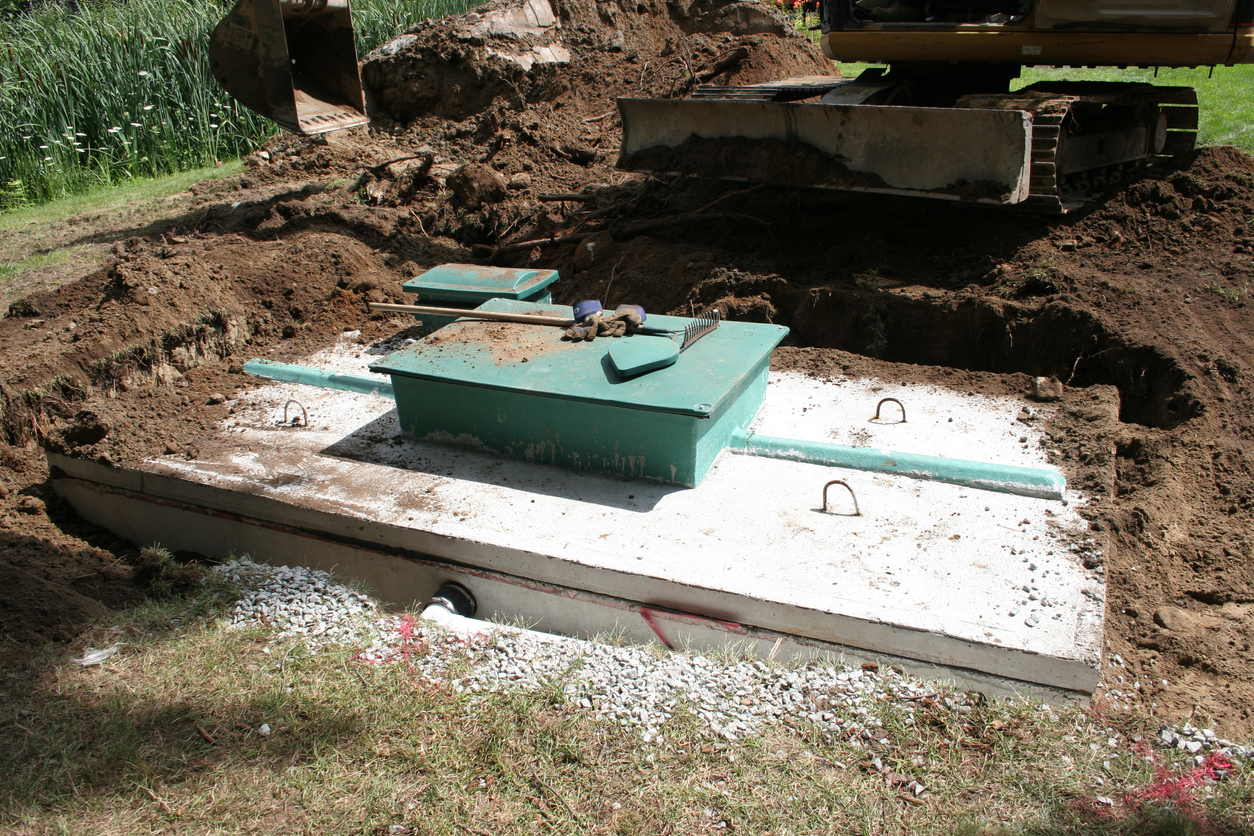
About 34 billion gallons of wastewater are processed in the U.S. every day. Wastewater treatment plants perform the majority of this work by screening, treating, filtering, and disinfecting the sewage. Still, there are some communities that exist outside of this system and rely on small wastewater systems rather than a centralized municipal processing plant. The most common alternative to a shared sewage system is the installation of individual septic tanks — though research suggests that septic tanks are decreasing in popularity. If you’re wondering whether it may be time for your community to adopt a sewer system, consider the following four factors.
Septic Systems Are Common
There are over 60 million septic systems currently in use in the U.S. It’s estimated, too, that one third of newly developed areas will be served by septic or other decentralized wastewater systems. Still, many homeowners are hesitant to buy into a community that isn’t served by a centralized sewer system. If you live in one of these areas, where septic systems are the norm, it may be time to switch to sewer.
Why do we need sewer systems? Septic tanks pose many hazards to communities, including the risk of collapse, backup, or eventual failure. One state found that thousands of septic tanks had failed and been left to pollute groundwater and the surrounding environment. Because of the constant upkeep and service that septic tanks require, they often fall into disrepair and pose a threat to public health. Sewer systems, on the other hand, are safe and reliable.
Population Is Growing
Low population levels are common in communities where septic tanks are the primary mode of wastewater management. This is because it may not seem worthwhile to invest in the infrastructure and labor that would be required to link a small cluster of homes to a centralized municipal processing plant. While septic tanks may be the logical option for communities that are small or remote, they are no longer an ideal solution once a community starts to grow.
As more homeowners install septic tanks, the risks associated with septic tank failure increase. A sewage system offers a viable alternative that’s safer and more efficient. In the long run, it’s also likely to be more affordable for community residents who won’t have to pay to have their septic tank cleaned and maintained on a regular basis.
System Needs Service
If your septic system is in need of maintenance, this is one of the best opportunities to switch to sewer. Rather than continue pouring money into a system that will eventually need replacement, you can opt for a safer wastewater solution. When you’re ready to make the switch, you can contact your community’s public works office to determine whether a sewer line is within the vicinity of your home. Sewer insurance is a great way to mitigate the liabilities that wastewater treatment may entail.
About Watercolor Management
Watercolor Management has insured the water industry for over 30 years. Our policies include unlimited defense cost coverage in the event of a lawsuit against you. Call us at (855) 929-0824 or email info@watercolormanagement.com for a quick quote for your Water Business Professional, Products/Completed operations, Pollution and General Liability Insurance.




